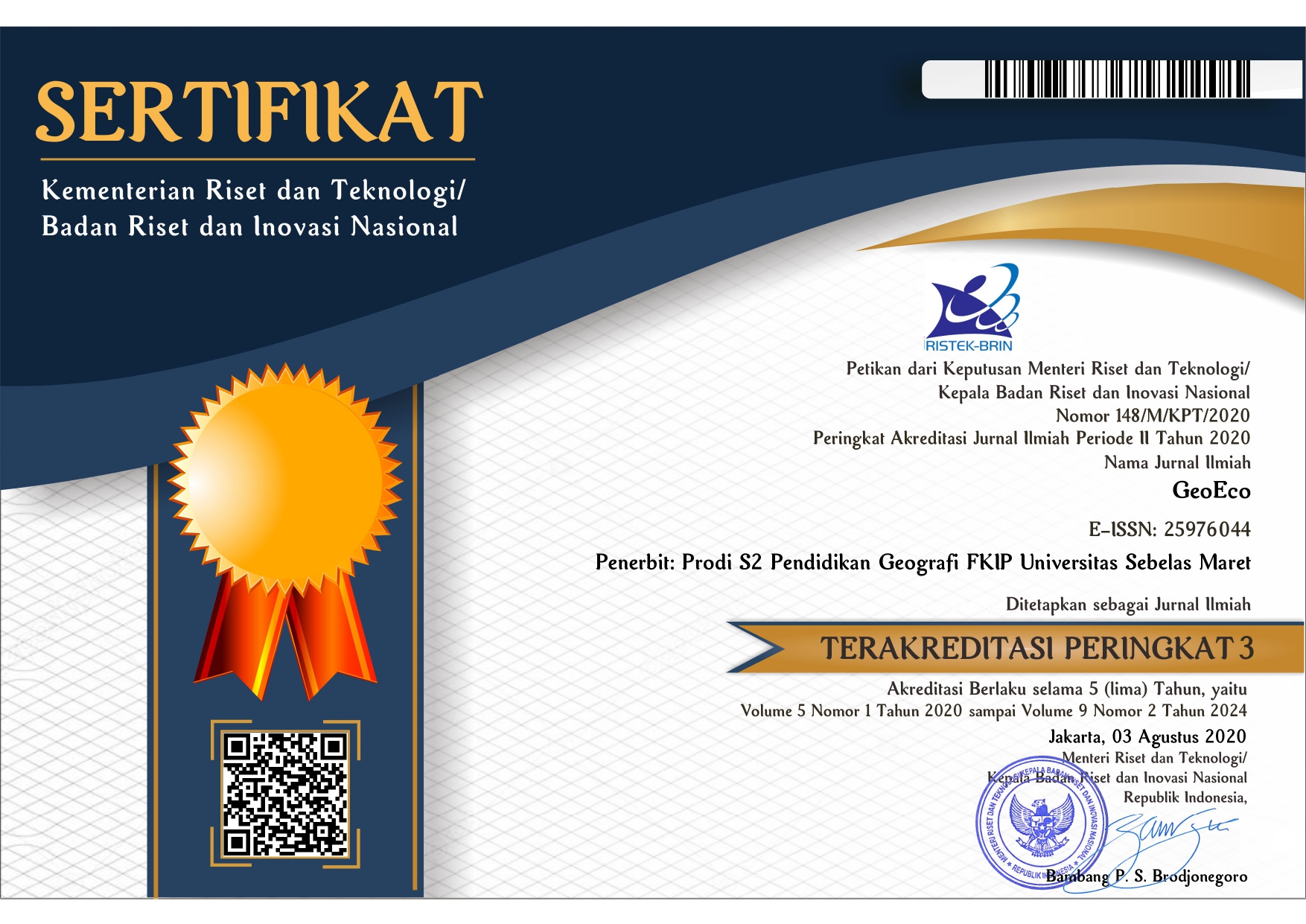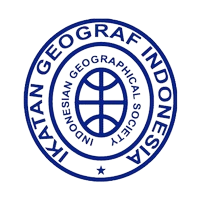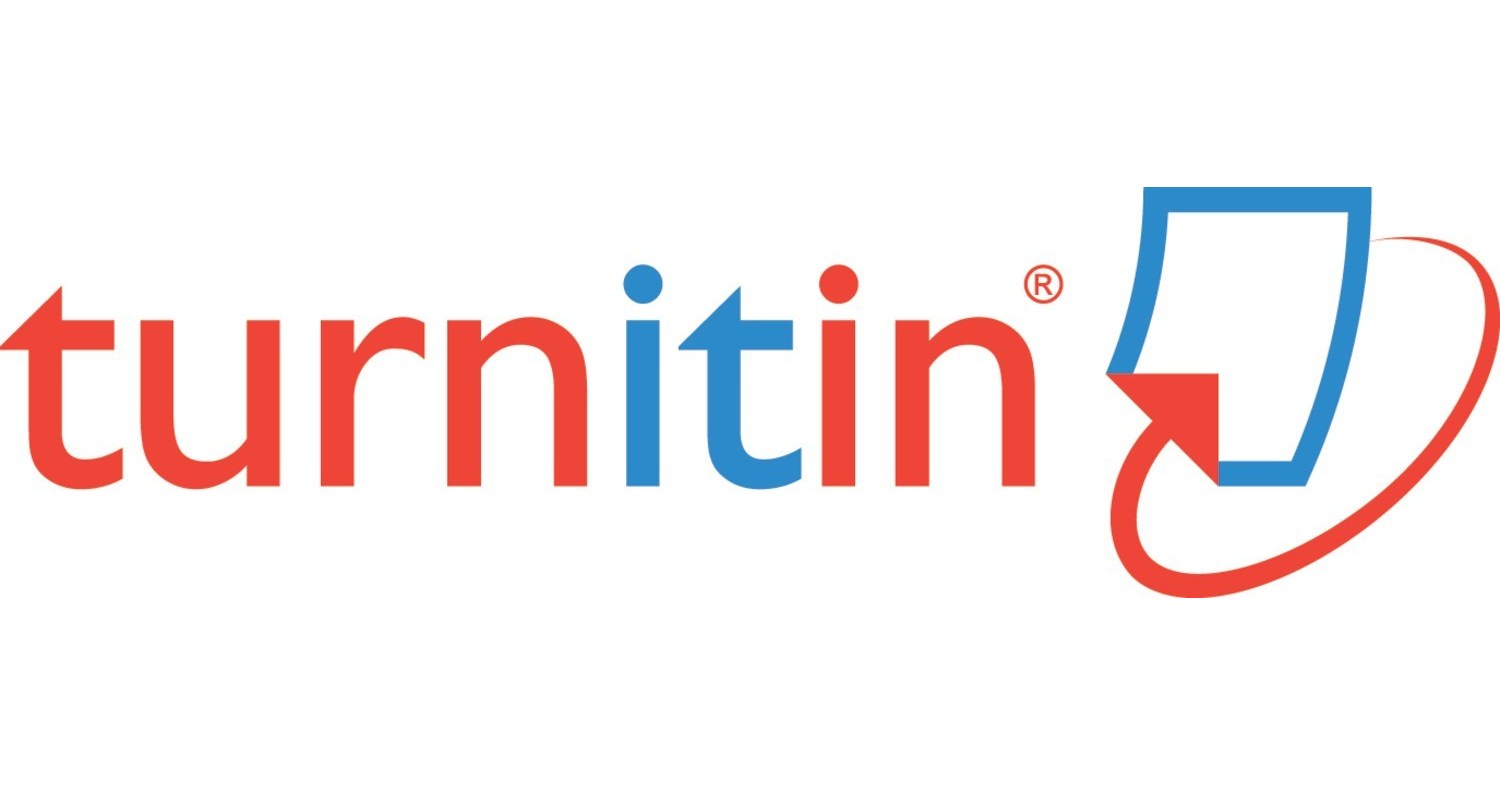THE DEVELOPMENT OF E-LEARNING MEDIA WITH ADOBE FLASH PROGRAM IN CONTEXTUAL LEARNING MODEL TO IMPROVE THE STUDENTS' LEARNING OUTCOME IN THE 10th GRADE OF SMA NEGERI 1 SAMBUNGMACAN IN 2017/2018
Abstract
This research aimed: 1) to analyze the students and the teachers’ need for e-learning media with Adobe Flash program, 2) to develop e-learning media with Adobe Flash, 3) to find out the feasibility of e-learning media with Adobe Flash program, and 4) to find out the effectiveness of e-learning media with Adobe Flash in contextual learning to improve the students’ learning outcome.The research method employed was research and development (R&D) method with Dick and Carey model’s. The sampling techniquesused were purposive sampling and simple random sampling. Data collection was carried out using validation sheet of media expert, material expert, and educator, student trial questionnaire, observation, posttest, and documentation.
The results of research were: 1) Need analysis based on dominant result included visual learning characteristics, experience with media use with often category, agree response to the presence of media use, green color visualization, and Comic Sans MS font. 2) The development of research product in the form of e-learning media with Adobe Flash program equipped with picture, map, video, and animation was used to support contextual learning model. 3) The development of e-learning media with Adobe Flash was considered as feasible to use for learning at school based on the result of validation by media expert, material expert, educator, and student trial obtaining modes of 4 (good category in Likert scale) and 5 (very good category in Likert scale) thereby meeting the minimum criteria of e-learning media feasibility with Adobe Flash program with mode of 3 (fair category in Likert scale) as specified by the author. 4) The application of e-learning media with Adobe Flash program evidently improved students’ learning outcome through Two-Sample Assuming Equal Variance t-test obtaining tstatistic = 2.85137 and ttable = 1.68488. Considering the result of Two-Sample Assuming Equal Variance t-test at significance level of 0.05, it could be concluded that H0 was not supported because tstatistic > ttable. It means that the use of e-learning media with Adobe Flash program in contextual learning was more effective than interactive PowerPoint media in contextual learning model.
Keywords
Full Text:
PDFReferences
Kerangka Landasan Untuk Pembelajaran, Pengajaran, dan Assesment. Diterjemahkan Oleh: A Prihantoro. Yogyakarta: Pustaka Pelajar
Arifin, Zainal. 2014. Penelitian Pendidikan Metode dan Paradigma Baru. Bandung: Remaja Rosdakarya
Arikunto, Suharsimi. 2010. Prosedur Penelitian. Yogyakarta: Rineka Cipta
Arsyad, Azhar. 2016. Media Pembelajaran. Jakarta: PT Raja Grafindo Persada
Conrad, Kerry A and Traininglinks. 2000. Instructional Design. Amherst: HRD Press
Craig, Annemieke, dkk. 2008. “Perceptions of Roles and Responsibilities in Online Learning: A Case Study”. Interdisciplinary Journal of E-Learning and Learning Objects, Volume 4, 2008
Dick, Walter, Lou Carey & James O Carey. 2015. The Systematic Design of Instruction Eighth Edition. New York: Pearson inc
Ghirardini, Beatrice. 2011. E-Learning Methodologies. Rome: Food and Agriculture Organization of the United Nations
Harvey, Jen. 1998. Evaluation Cookbook. Edinburgh: Heriot-Watt University
Husamah. 2014. Pembelajaran Bauran (Blended Learning). Jakarta: Prestasi Pustakaraya
Johnson, Elaine B. 2002. Contextual Teaching and Learning. California: Corwin Press
Kaewkiriya, Thongcai. 2103. “A Design and Development of E-learning Content for Multimedia Technologi Using Multimedia Game”. International Journal of Software Engineering & Application (IJSEA), Volume 4, No. 6, November 2013 (page 61-69)
Khafid, Syaiful. 2013. Pengantar Geografi: Pemahaman Paradigma Geografi Sejati. Surakarta: UNS Press
Munir. 2009. Pembelajaran Jarak Jauh Berbasis Teknologi Informasi dan Komunikasi. Bandung: Alfabeta
Nurtantio, Pulung dan Arry M S. 2013. Kreasikan Animasimu dengan Adobe Flash dalam membuat Sistem Multimedia Interaktif. Yogyakarta: Andi Offset
Prasetya, Sukma Perdana. 2014. Media Pembelajaran Geografi. Yogyakarta: Ombak
Rosenberg, Marc J. 2001. E-Learning: Strategies for Delivering Knowledge in the Digital. New York: McGraw Hill
Setyosari, Punaji. 2015. Metode Penelitian dan Pengembangan. Jakarta: Kencana
Siahaan, Sudirman. 2004. “E-Learning (Pembelajaran Elektronik) sebagai Salah Satu Alternatif Kegiatan Pembelajaran”. Jurnal Pendidikan 42, 2004
Simamora, Lamhot. 2002. “Infrastruktur E-Learning TELKOM dalam Upaya Mendukung Pengembangan Kompetensi Kompetitif Sumber Daya Manusia”. Jurnal Teknologi Pendidikan, Vol.VI No.10 Oktober 2002
Soekartawi. 2002. Prospek Pembelajaran Melalui Internet. Jakarta: UT-Pustekom dan IPTPI
Suartama, I Kadek. 2013. “Edutech Smart Sebuah Pengembangan Portal E-Learning untuk Meningkatkan Efektivitas Pembelajaran”. Jurnal Pendidikan dan Pengajaran, Jilid 46 Nomor 3 Oktober 2013 (halaman 218-228)
Sudjana. 2005. Metoda Statistika. Bandung: Tarsito
Sudjana, Nana. 2009. Penilaian Hasil Proses Belajar Mengajar. Bandung: Remaja Rosdakarya
Tika, Moh Pabundu. 2005. Metode Penelitian Geografi. Jakarta: Bumi Aksara
Refbacks
- There are currently no refbacks.












.png)

